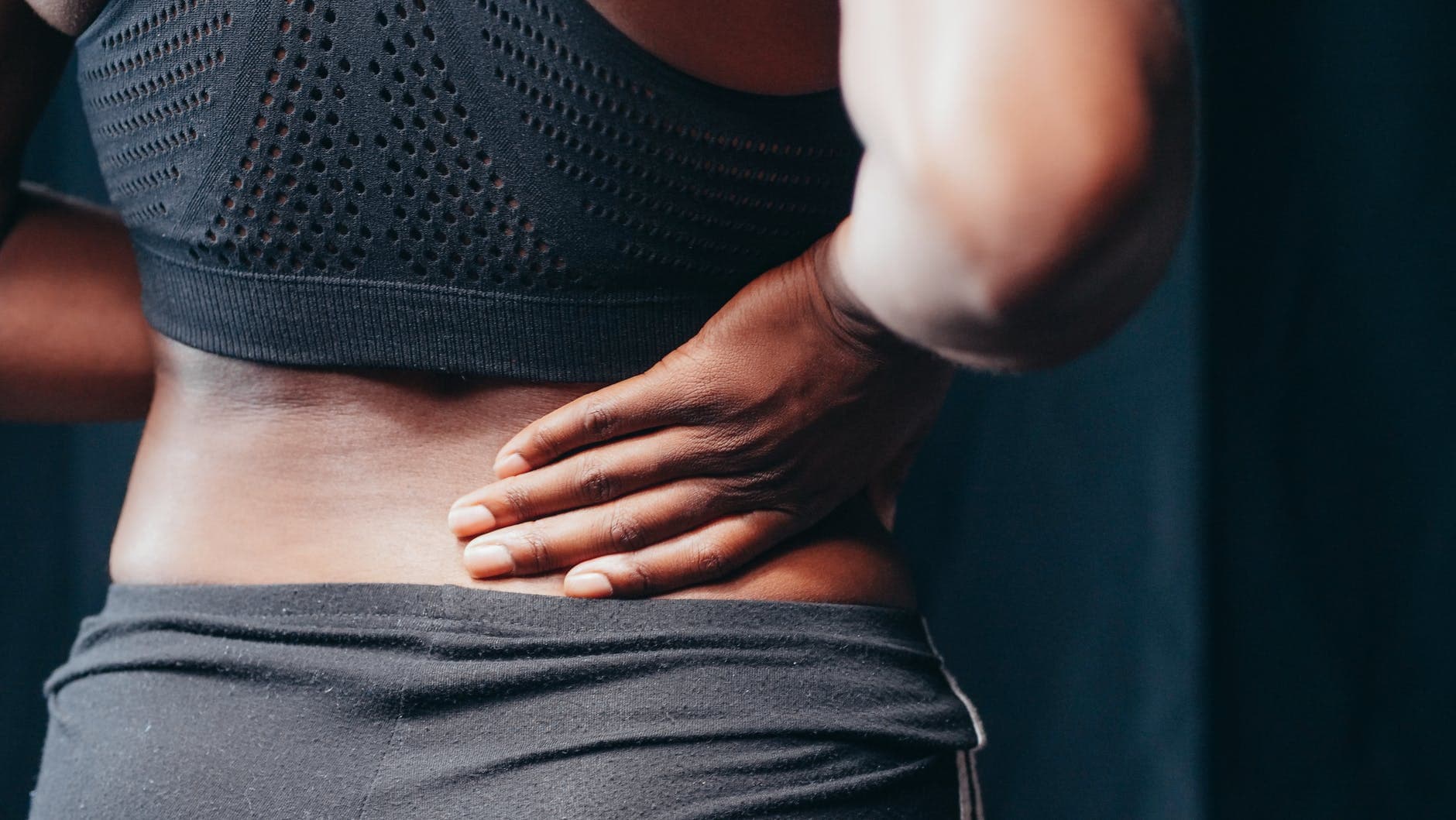
Rowing has many benefits, from improving cardiovascular health and strengthening the muscles to being an excellent low-impact exercise for novice athletes to elite athletes. Rowing is undoubtedly one of the top workouts that target the entire body.
If done incorrectly, though, rowing can have its drawbacks – just like any other exercise done without proper form and technique. Let’s review some of the ways that you can prevent injury while using a rowing machine so that you can be well prepared and enjoy your workout – as well as the health benefits that come along with it!
Phases of Rowing
Although it might not seem that difficult to row, if you’ve ever watched someone correctly rowing on a machine, some components need to stay consistent across the board to prevent injury and ensure you are doing the movement correctly. It’s not just a sit and pull motion – there are several different pieces to the rowing puzzle.
These typically include four different phases: the catch, the drive, the finish, and the recovery. All four of these phases together complete the entire movement of the row and can engage the proper muscle groups while also increasing strength and power throughout the body.
How to Row Properly
First, the catch. This is essentially the position you start in before performing the rowing motion. Once you are seated on the rowing machine, strap your feet into the footholds and take hold of the handlebar. Your arms should stay extended while the upper torso hinges forward from the hips.
With knees in line with the ankles, you then move into the drive phase of the rowing motion. From here, press through your heels into the foot platform, engaging the glutes and sliding back while the arms pull back on the handlebar as the torso stays upright. Think of pulling in a straight line if possible.
This then puts you in the finishing phase of the rowing motion. Continue to lean the upper body backward slightly, still hinging at the hips to complete the movement. Your core should be tight and engaged, and the shoulder blades retracted. With the glutes engaged and feet pressing the footholds, your legs are now fully extended with the quadriceps engaged as well.
Lastly, the recovery phase! Let the arms straighten over the knees and legs before hinging toward the front of the rower. Once your hands are near your knees, you can then bend the knees and finish the motion to get you back to the starting position, sliding the seat back to the front of the rower.
These four phases might seem unnecessary, but the progression through them will have the proper muscles being engaged (the core, hamstrings, glutes, quads, upper back) while performing the rowing motion, therefore decreasing the risk of injury.
Listen to Your Body
Rowing is a fantastic whole body, low impact activity – and when done correctly, can strengthen and tone the entire body from the inside out. Even when done properly, there is still a risk….with that being said, ensure that you are paying attention to how your body feels (and this goes for any type of exercise) and stop if you feel pain.
Taking adequate days for rest and recovery is imperative to injury prevention, so plan those days into your training program accordingly.
